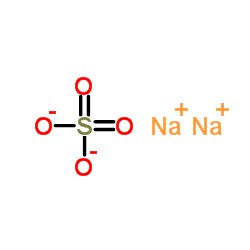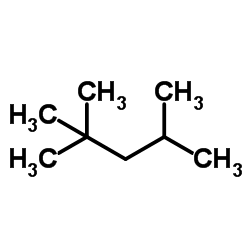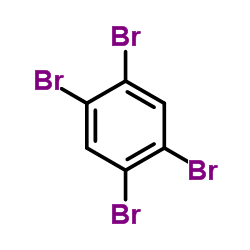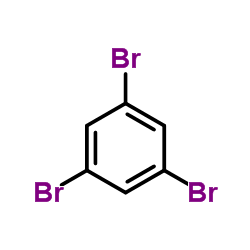| Structure | Name/CAS No. | Articles |
|---|---|---|
 |
N-hexane
CAS:110-54-3 |
|
 |
Acetonitrile
CAS:75-05-8 |
|
 |
sodium sulfate
CAS:7757-82-6 |
|
 |
Methanol
CAS:67-56-1 |
|
 |
Dichloromethane
CAS:75-09-2 |
|
 |
Musk ketone
CAS:81-14-1 |
|
 |
2,2,4-Trimethylpentane
CAS:540-84-1 |
|
 |
1,2,4,5-Tetrabromobenzene
CAS:636-28-2 |
|
 |
1,3,5-Tribromobenzene
CAS:626-39-1 |